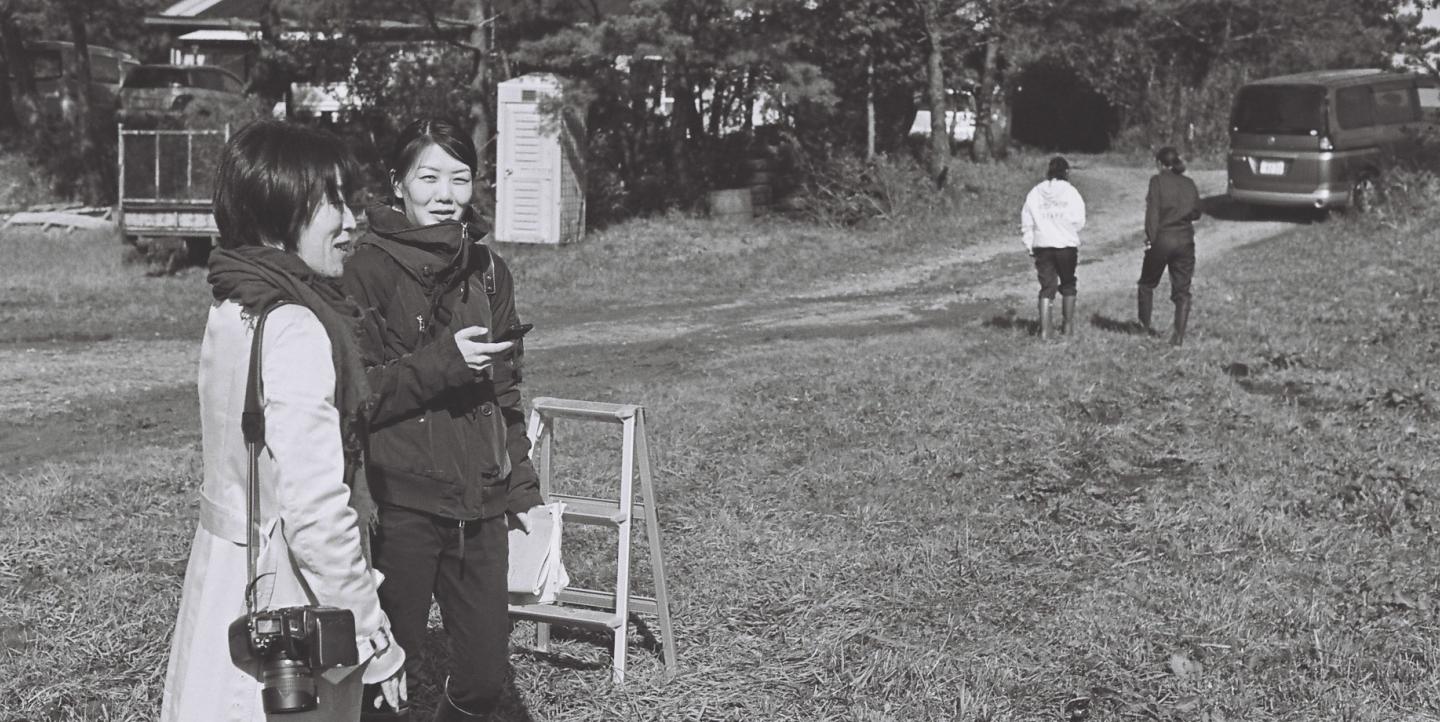Collaborative journalism is good — until you get lost in email chains, Slack channels and Google Drives. The one-woman team of Project Facet is hoping to change that, and looking for collaborators for her own venture.
“There are newsrooms that want to collaborate but it is logistically painful,” Heather Bryant, a journalist and software engineer, said. “Most places are using email, maybe there’s a calendar they share, they’re trying to make Trello boards, they’re trying to get everybody into Slack…While collaboration is historically a people/culture challenge as well, the pain caused by tools is not insignificant.”
Bryant recently finished her term as a John S. Knight Journalism Fellow at Stanford, where she delved into the technology at the core of collaborations in journalism. Her interest was spurred by a previous gig as the digital services editor at KTOO Public Media in Juneau, Alaska.
“For the newsrooms I was working with in Alaska, collaboration is a necessity,” Bryant explained. “When you have one- and two-person-newsrooms trying to cover a lot of space, it’s hard to do. The newsrooms best positioned to cover a story would be the ones to cover it: the stations near the Coast Guard, near the fisheries…Not every station had to jump and go cover it, because they knew that they had a trusted partner to do the story.”
The complications arose when newsroom leaders looked at how to actually do the coordination. Bryant said many relied on emails, “and that gets really really messy, really fast.”
Enter Project Facet: a web-based dashboard of communication and shared files where multiple collaborators can schedule check-ins, develop stories, track team progress, and even write and edit stories alongside each other. Bryant has been building this singlehandedly since 2015 when she received a grant from the Knight Prototype Fund to explore the prospect of open source software to simplify the editorial process for news organizations, especially multi-platform publishers. Her fellowship this past year enabled her to fully submerge herself into Project Facet.
In her application, Bryant stressed that she wanted to research “what tools, infrastructure, resources — what do we need to do to help newsrooms create effective, meaningful partnerships.” Since then, she’s built up a Slack community of 300 followers focused on collaborative journalism, attended over a dozen conferences and site visits, and collected data on the geography of collaborative journalism through a newsroom survey. (Bryant has been building the software with the idea of newsroom-to-newsroom collaboration, but she wants to include freelancers and individuals in the platform as well.)
She wrote in a Medium post following her fellowship:
When I knew I was going to be a John S. Knight Fellow, I pivoted in my framing. Rather than spend my time negotiating and debating, I would spend it reporting. I wanted to talk to as many people as possible who were interested in collaboration or already doing collaborative projects. I want to know what’s working, what’s not and what needs to be better.
(You probably saw a more recent Medium post of hers, about journalism’s class problem, that got a lot of attention in news circles.)
Now, Project Facet is almost ready for deployment. Bryant said she has several newsroom partners eager to test the beta version who have identified three different collaborative projects to use it on. But she is looking to add someone who can tackle the security component of the platform first. She’s also preparing Project Facet to launch as a nonprofit organization, with longterm plans to find financial support through subscriptions, memberships, and licensing.
“I had gone down the road of starting to investigate what venture capital funding would look like and came to the conclusion that that’s not necessarily the right direction,” Bryant said. She’s aiming for the smaller newsrooms like she used to work in: “I would rather have a thousand small newsrooms be able to collaborate easily than be able to build one big tool for a big newsroom.”
But to get Project Facet rolling by the fall as planned, Bryant needs to find collaborators of her own.
“The big challenge for me right now is transitioning from being a thing that I’ve been working on to having more people working on this to grow at a better rate,” she said.
This article first appeared on Nieman Lab and is republished with permission.
Main image CC-licensed by Flickr via jmettraux

